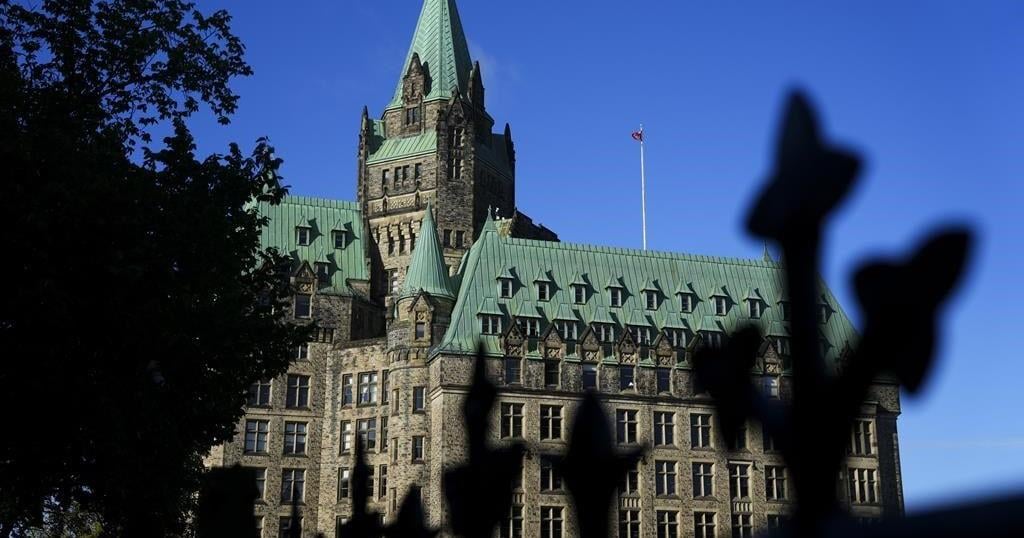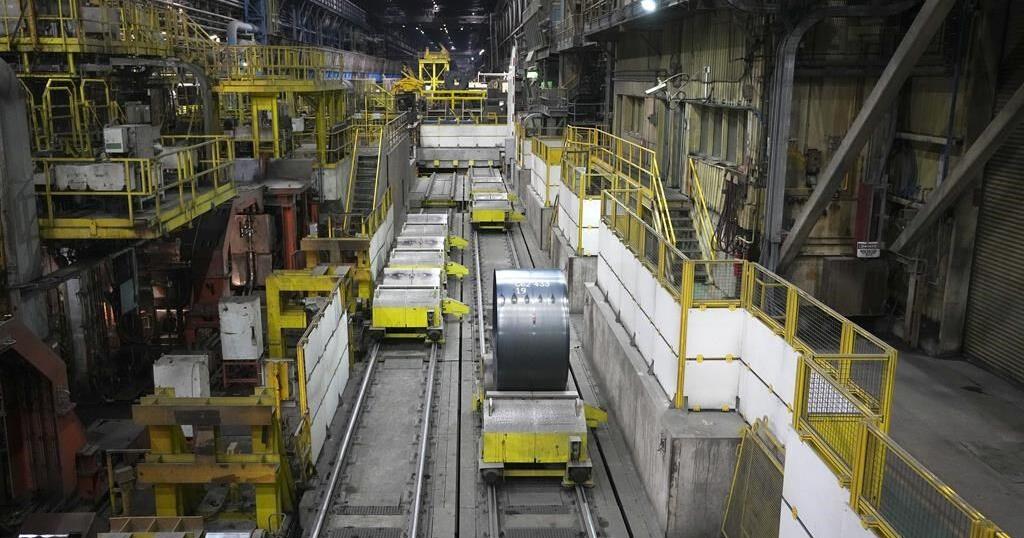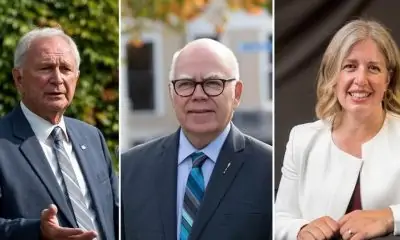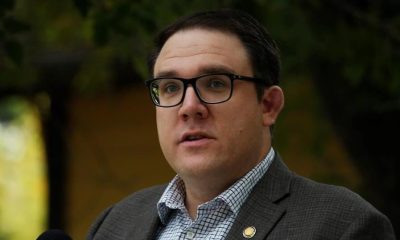By Adam Minter
(Bloomberg Opinion) — Junk is surprisingly pervasive in “Star Wars,” playing an understated role in nearly every film in the series. In “The Phantom Menace,” we meet young Anakin Skywalker, the future Darth Vader, working at a small electronics scrap yard and repair shop. In “A New Hope,” Luke Skywalker’s uncle buys R2-D2 and C-3PO from a group of Jawas, a species that drive massive, sand-crawling junk trucks. The recently released “Rise of Skywalker” is largely a coming-of-age story for Rey, the last of the Jedi, who spent her youth scavenging electronic scrap on Jakku, a remote outer planet.As a third-generation descendent of earthbound scrap-metal recyclers, I’ve subjected myself to repeated “Star Wars” viewings (even of the bad films), partly just to spot all the junkyard tidbits. Over the years, I’ve developed a theory or two about the waste and recycling economy in the series, and enjoyed sharing it with (primarily) other junkyard descendants. But in 2018, I realized there might be a larger audience for these insights.That year, China — for decades the world’s biggest importer of recyclables — started imposing stringent restrictions on what recycled stuff it would still accept from overseas. In the aftermath, prices for recyclables dropped steeply, raising costs and reducing profits for businesses around the world.Alas, “Star Wars” doesn’t offer any advice on how to find new markets for used plastic detergent jugs. And no, Rey can’t conjure the Force to boost the price of used cardboard boxes. But if you watch the films carefully, they have a good story to tell about turning waste into something that people might want — and, even better, buy.The “Star Wars” universe generates tons of trash, much of it recyclable. Yet for all the scrap yards and scavengers, you see very little actual recycling. Mostly, the metal, plastic and paper seems to get tossed out with the trash. My favorite example occurs in “The Empire Strikes Back.” At a crucial moment, an Imperial star destroyer dumps stadium-sized chunks of metallic garbage into space before jumping to hyperspace (this, according to Han Solo, is Imperial protocol). From an earthbound perspective, this is commercial suicide: Metals are the world’s most recyclable materials, and even villains know there’s money to be made in selling them.But a similar pattern repeats throughout the series. In “The Force Awakens,” early scenes on Jakku are dominated by the wreckage of an immense star destroyer. It’s reminiscent of the huge seagoing vessels that are run onto the beaches of India, Bangladesh, and Pakistan, then disassembled by hand and recycled in a matter of months — down to the individual screws. Crash a star destroyer in Alang, India, one of the world’s hubs for beaching and recycling ships, and pieces of it will be on sale in local markets by lunchtime.The reason for this seemingly irrational behavior is that the “Star Wars” universe doesn’t suffer from a scarcity of resources. There are dozens of mining outposts mentioned in the series, and there always seems to be another planet waiting to be exploited. In a galaxy that enjoys such surpluses, recycling won’t save much money. And the Empire, with its massive spending on planet-destroying weapons like the Death Star, doesn’t seem overly concerned about the environment.So what, then, is the business model that supports so many junkyards and scavengers? Rey, the Jawas, and everyone else who scavenges in the series recognize that there’s more value in a working gadget or spare part than in the raw materials that constitute them. The value is in the energy, engineering and manufacturing required to make the stuff. So, for example, that crashed star destroyer on Jakku isn’t stripped for metal; instead, we see Rey risk her life to scavenge it for reusable components that she can sell. Characters from Chewbacca to Luke Skywalker later demand her recovered parts for the devices and ships that they’ve learned to repair on their own.That business model wouldn’t work for plastic recyclers here on Earth. But the so-called e-waste industry — a category that includes everything from used smartphones to server racks — is rapidly diversifying into business models that look very similar to those practiced by Rey and the Jawas. At a time when recycling markets are depressed, these businesses need a new revenue stream. So rather than trying to recover raw materials that aren’t financially attractive at the moment, they’re seeking out whole gadgets and the parts within them.Robin Ingenthron, the head of Good Point Recycling, tells me that his company was making about $60 a week selling gadgets for reuse out of its scrap pile in 2015. As commodity prices fell, he reoriented the business to extract parts from old televisions and better identify the reusable gadgets already on offer. Today, sales of reusable stuff account for more than $50,000 a month, and around a third of the company’s revenue. Sims Recycling Solutions Inc., one of the world’s biggest electronics recyclers, has steadily shifted away from its traditional shred-and-recycle model to incorporate more reuse and refurbishment in recent years. Others are going even deeper, recovering specific chips from motherboards for reuse.This might come as a surprise to earthly environmentalists. But in the “Star Wars” universe, it’s the way business has always been done. In this respect, at least, the series may offer a model that works just as well here as it does in a galaxy far, far away.
To contact the author of this story: Adam Minter at aminter@bloomberg.net
Bloomberg.com

























